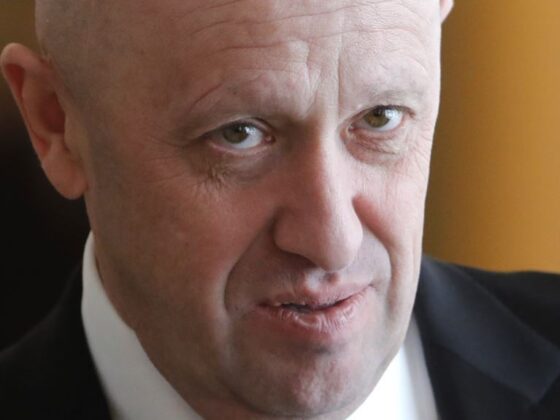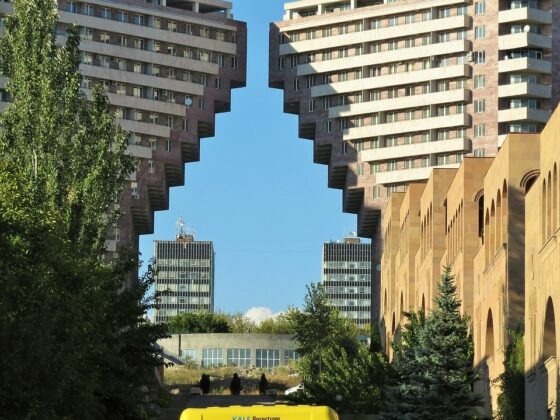(PONARS Eurasia Commentary) In this article, we analyze the management and political implications of COVID-19 in two small countries located at the EU’s north-eastern border: Finland and Estonia. Culturally, ethnically, and linguistically, they share a common Finno-Ugrian identity. Politically, both are parliamentary republics run by coalition governments. They were among the first countries in Europe to reopen borders for travel in June 2020 after almost three months of lockdown. Both exhibited the lowest curves of viral spread in relation to the population among countries in the wider area. As they faced the pandemic, we saw that the exceptional measures they swiftly took did not diminish the democratic legitimacy of decision-making processes. Authorities and citizens engaged cooperatively and in responsible conduct, which facilitated the transition from normalization to securitization and vice versa.
Estonia: Practical Procedures with Criticism
Estonia illustrates some of the challenges of enhanced governance during a crisis situation. State mechanisms for managing the crisis involved sensible behavior and mobilization of societal resources. But the government was heavily criticized for what its opponents considered excessive interference in spheres related to individual rights and freedoms.
The stimulation of social responsibility was a key element of emergency governance in Estonia. For example, wearing medical masks in public was made as a recommendation and pushed as a social norm rather than being a legally enforced obligation. In the same vein, the Ministry of Education did not forbid final exams but “asked” schools to cancel them. In many domains of crisis management, non-governmental actors took the lead in implementing important everyday measures.
Former President Toomas Hendrik Ilves assumed that the current pandemic crisis was a matter of survival for the Estonian nation. Authorities were in the limelight of crisis management procedures, ranging from high politics (closure of borders, monitoring infected people, involving the Kaitseliit voluntary defense league) to the routine (ban on public gatherings, closure of shopping malls and sports facilities, disinfection procedures in public places, limiting store capacity).
As required, Estonian officials notified the Council of Europe of the introduction of the exceptional measures and submitted the government’s derogations from the European Charter of Human Rights under Article 15.
The measures taken in Tallinn did not undermine basic democratic procedures although challenges arose. The Health Department’s order to temporarily close private dental clinics was legally challenged. The Ministry of Justice overruled a decision by some local authorities to close down certain public spaces to “outsiders.” A school’s decision to cancel spring vacation was overruled by the court (at the insistence of parents). Journalists began openly discussing how the crisis might affect freedom of information. Meanwhile, the opposition criticized the government for mishandling financial matters and for using the crisis for political self-advertising.
Chancellor of Justice Ülle Madise admitted that a set of legal amendments passed during the state of emergency received criticism for handing too much potential power to state agencies (including the Health Board) and away from the parliament and the government.
Estonian President Kersti Kaljulaid was also critical of the quality of the legislative process, arguing that the assembly “placed the government in the back seat in crisis management. It is certainly several large steps away from a state organization in the way I want to see it in Estonia… Under the new law, the national government and even local governments will also be able to hide behind officials in emergencies.”
The head of the Estonian Bar Association Jaanus Tehver joined critics by pointing to some legal deficiencies in Estonia’s emergency legislation: “If we compare laws passed in the Estonian and Finnish parliaments during the emergency situation, legal acts pertaining to solving the emergency situation in Finland explicitly have an expiration date. I cannot understand why this practice is not used here.”
Of particular resonance were the government’s policies in two spheres: a) restrictions imposed on foreign labor in general and on Ukrainian seasonal workers in particular, and b) uncertainty about international students from non-EU countries. These policies have their roots in 2019 and were largely advocated by the right-wing populist party EKRE whose members hold five ministerial positions out of fifteen.
COVID-19 boosted the previous intentions of EKRE to reduce the inflow of many categories of foreigners into Estonia and restrictions on students. These policies, reinvigorated in a time of crisis, were rebuffed by the Estonian president, who stated that “applying additional foreign labor force restrictions will only increase the economic decline in Estonia and prevent the recovery of our economy and expansion of employment options.”
Here, we saw a touch of how the pandemic crisis can re-contextualize political distinctions. The Estonian government acted within the framework of democratic procedures, yet due to its coalition nature, some of its policies—particularly those promoted by the nationalist/conservative party EKRE—were ostensibly illiberal, yet they were balanced by liberal-minded interventions from the top, Kaljulaid.
Finland: Incentivizing Society
It can arguably be said that the coronavirus situation exposed a glimpse of inner Finnish governance, which primarily relies on the social and political agency of the governed and their capacity for active engagement with the authorities, both local and national.
It took about two weeks from the first confirmed cases in the country for the government to introduce the Emergency Powers Act (March 17). Ten days later, a number of restrictions of personal liberties were imposed by a lockdown of the Helsinki metropolitan area and the closure of all public places, including restaurants and cafes. The government’s COVID-19 Coordination Group and a number of think tanks (Finnish Institute for Health and Welfare) and social welfare institutions (Mela, Kela), were in charge of implementing the legislation.
The Emergency Powers Act was almost instantly compensated by a massive “security” package of 15 billion euros in support of businesses, the third sector, and private households. Financial provision was set up via various professional associations (Business Finland), public organizations (Taike), foundations (Cultural Foundation, Wihuri Foundation), social security institutions, and banks (Finnver).
The principal operating model was offering guarantees and direct bailouts to agencies that provided further distribution of grants and loans to final recipients. This sort of strong “welfare approach” by the Finnish government in many respects echoed the popular consent of the political leadership. The Finnish way of crisis governance entailed aspects of self-care, turning to online solutions, and coming up with some ingenious initiatives for how to work and engage in leisure activities while socially separated.
Facilitated by the Finnish Institute of Occupational Health, private companies, universities, and municipal care services provided guidelines for peoples’ mental well-being, physical health, and how to work and study remotely. In March, every household in the country received information letters from the Institute for Health and Welfare. Authorities and local hospitals produced and distributed information in several languages for local communities, including immigrants, although the efficiency of these measures is doubtful.
Conclusion
The experiences of Finland and Estonia show there is no need for alarmism about the allegedly likely demise of democratic procedures and institutions resulting from states of pandemic emergency. Exceptional measures did not ruin the democratic legitimacy of decision-making processes. Finland’s crisis management strategy was more technocratic, while Estonia, during its lockdown, went through a more politically explicit debate on governance.
Andrey Makarychev is a Visiting Professor in the Johan Skytte Institute of Political Studies at the University of Tartu, Estonia.
Tatiana Romashko is a Grant Researcher in in Cultural Policy at the University of Jyväskyla, Finland.
Homepage image credit: Jori Samonen.











